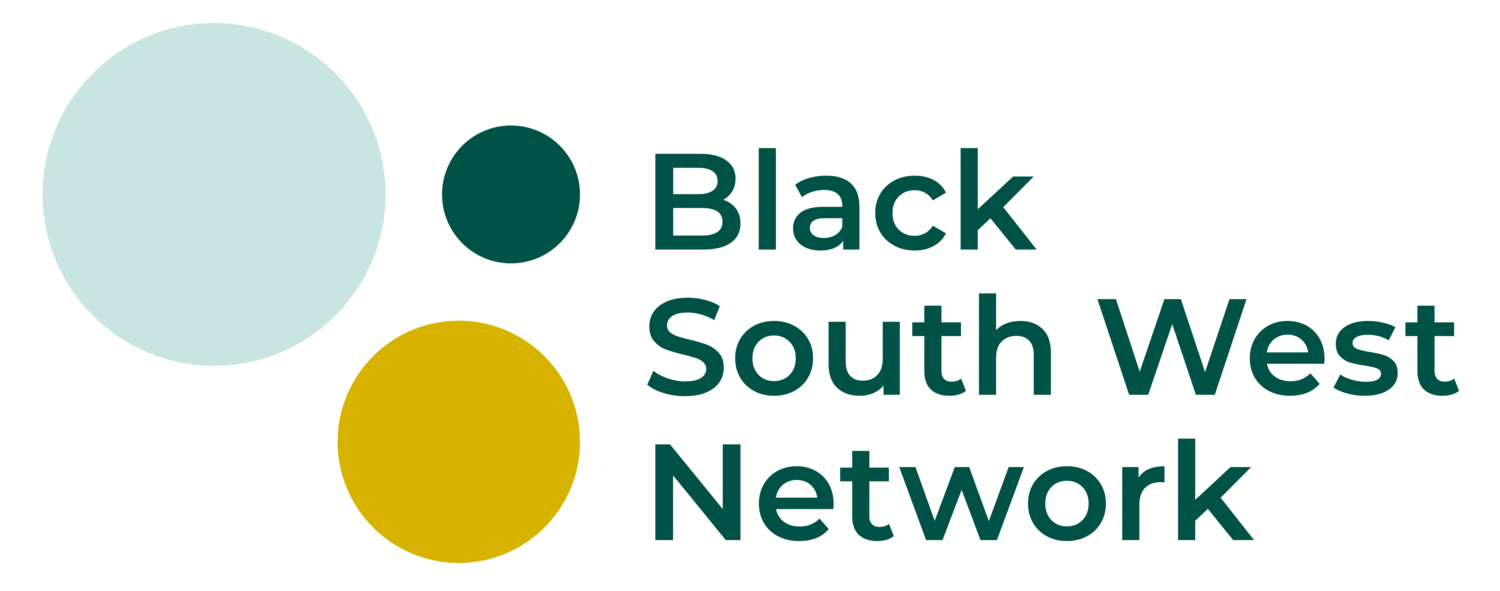A BLOG WRITTEN BY JAY PARKER, BSWN CREATIVE INTERN.
Women’s Equality Day celebrated on the 26th of August, commemorates the passage of the 19th Amendment to the U.S. Constitution, granting the right to vote to women. It is there to remind us of the hurdles overcome by hundreds of heroic women who experienced inexplicable levels of discrimination, violence, and sexism in order to thrust women’s liberation forward into what we see today. However, despite this initial progress, we are still seeing injustices towards women today such as the sexual assault of Child Q, the murder of Sarah Everard by a Met police officer, and the disappearance of Owami Davies.
The Pay Gap
Although we have seen improvements in women's equality over the last century, we are still experiencing gender disparities throughout several areas of society. The most prominent and consistent one being the pay gap. It is thought that the pay gap isn't necessarily just based on gender, but more so the women's ability, or in this case, hindrance, of being able to bear a child. Whilst men technically play an equal part in guardianship, in work environments and even still social environments, women are seen as caregivers, men are still seen as breadwinners. This concept dates back to the social norms surrounding the family and gender roles in the West during the early 20th century, some even say as far back as the stone age where it is suggested that hunting roles were taken on by men and the caregiving was left to the women, based on the assumption that women are biologically designed to bear and raise children.
Following every war, we have seen an increase in the need for the female workforce. A prime example of this the Rwandan genocide. Following the trauma of 1994, 60-70% of the population were women, therefore women had to step into roles not previously available to them, such as working in the military, mayoral positions, and within the government. The new government realised that they needed women to rebuild the country and immediately implemented new laws in order to help get them into positions of power, including a commitment to equal rights between men and women stipulating that at least 30% of representatives in all levels of government be women. This culture shift decreased the pay gap to 0.88 cents to a man's $1, and provided Rwandan women and girls with the chance to achieve anything they set out to do without the fear of a glass ceiling.
Rwandan President Paul Kagame (centre) participating in a conference at the nation's Parliament to discuss the role of women (2010)
Racial Wealth Gap
Another issue, impacting women and underrepresented communities is the racial wealth gap. Studies show that the route of the race wealth gap stems from slavery, a time where Black people didn’t have wealth, they were wealth. We must also take into consideration the differences in social norms across ethnic groups in understanding wealth inequalities, especially with regards to women. When you look at what creates generational wealth, this usually centres around property, and in order to buy property you need income. The data from the Annual Population Survey, shows us that in 2019, only 39% of Bangladeshi and Pakistani women aged between 16 and 64 reported being in employment. This is in comparison to 67% of Black women, 69% of Indian women and 74% of white British women. These differences in employment rates have influenced the likelihood of homeownership, household earnings and savings, and therefore their overall quality of life.
Abortion and Reproduction
For centuries women have been policed on what they can wear, how they should act, and what they should do with their bodies. Therefore, it would be impossible to write this without discussing the most recent abortions laws in the US. Abortion is now banned with no exceptions for rape or incest in ten states, with several others banning it after six weeks and others after twelve. These laws may not apply to the UK however, the treatment of women going through pregnancy is a topic rarely discussed. A new report on maternal care reveals statistics documenting the increased danger Black women face during pregnancy and childbirth in the UK. The 2020 report ‘Enquiries into Maternal deaths and morbidity’ revealed that Black women are statistically four times more likely to die during childbirth than white women in the UK.
There appears to be a clear racial barrier between suitable healthcare and Black women, with reports of them being ignored or told they were overreacting when complaining of pain, resulting in them being overlooked and ignored and the danger surrounding childbirth increasing drastically. Another factor that has negatively impacted Minioritised women was the eugenics movement. Eugenics advocates encouraged the reproduction of white Protestant women as they believed that their characteristics were suitable for American society. In doing this they actively discouraged immigrant and lower class women to reproduce because their characteristics were deemed “unfit.” Therefore, for a decade between the 1960s to the 1970s, Black, Hispanic, and Native American women were often sterilised to reduce the rate in which they could reproduce as well as limit the size of their population.
Women have actively fought for liberation for decades and although slow and at times traumatic, great steps have been made in areas such as contraception, employment, and politics.
At BSWN we are proud to have a diverse workforce inclusive of strong, driven women.




